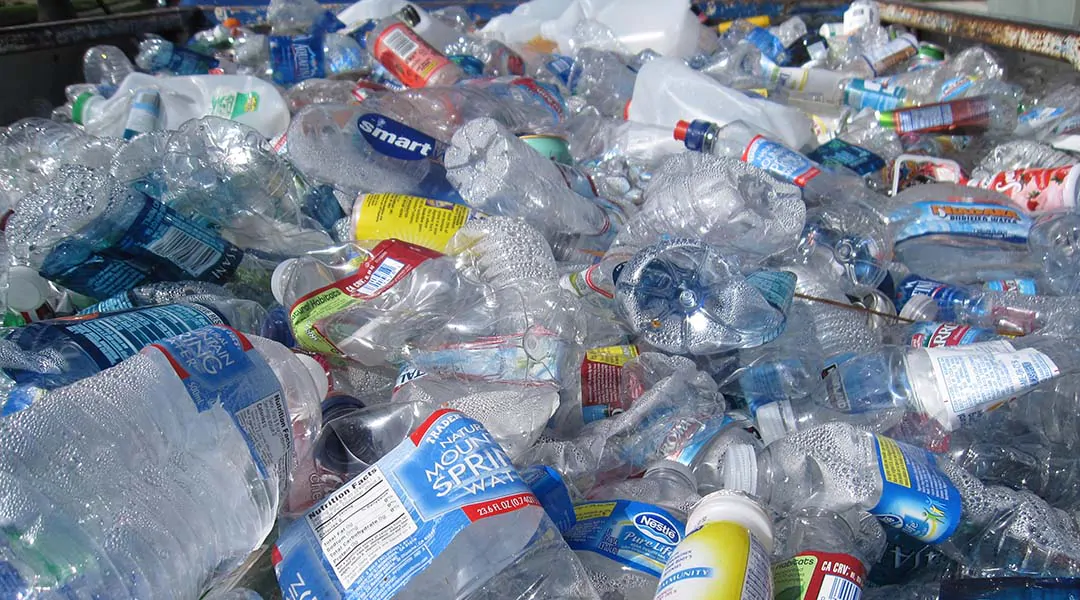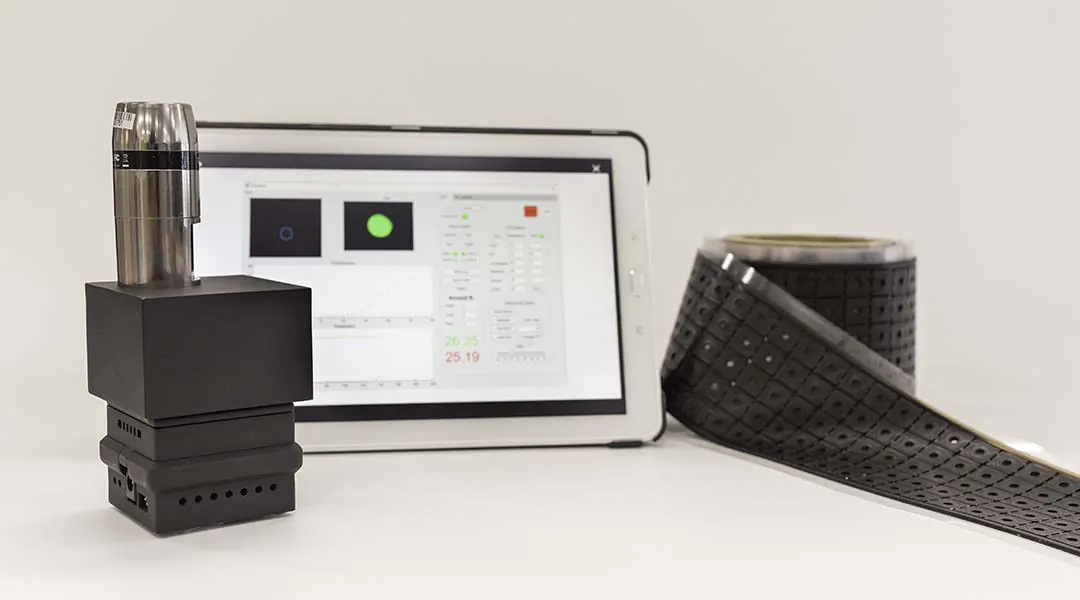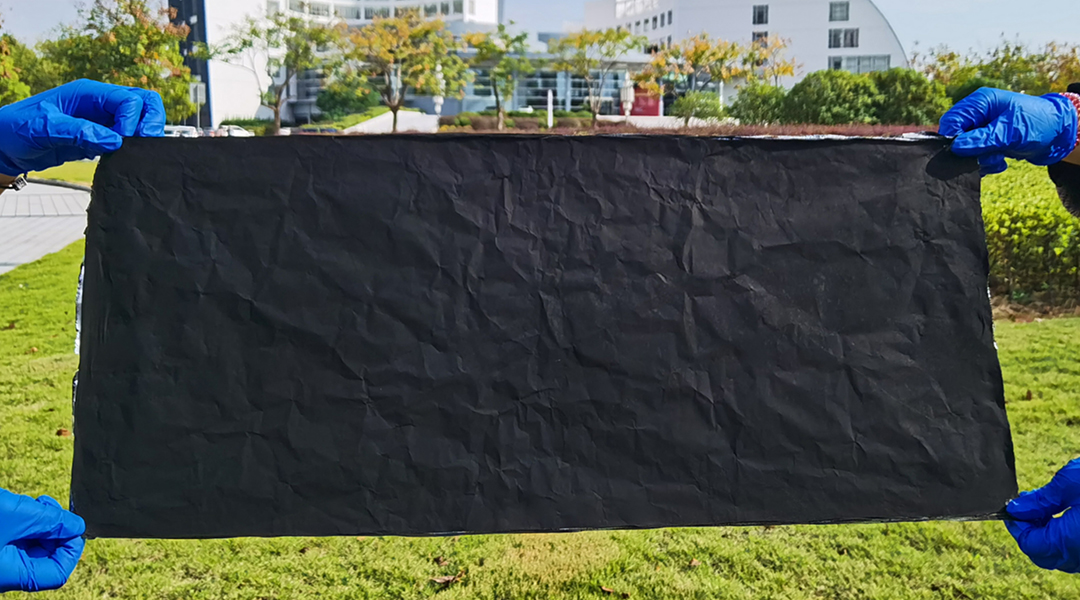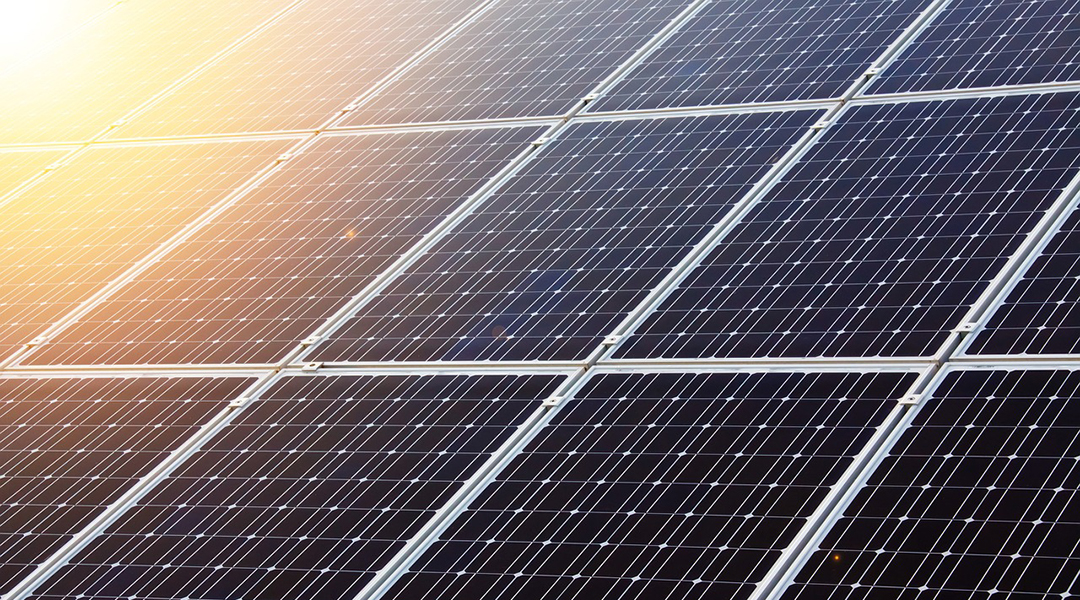Autonomous materials laboratories and the research communities that build them will be crucial to achieving our climate goals.


Autonomous materials laboratories and the research communities that build them will be crucial to achieving our climate goals.

Scientists convert waste coffee husks into cellulose fibers and films with potential applications in textiles and biodegradable products.

Scientists investigate “hycean” exoplanets with hydrogen-rich atmospheres and liquid water oceans, challenging traditional definitions of habitability.

A flash heating technique breaks down plastic waste and converts it to pure hydrogen and graphene with significantly less emissions and at a low cost.

The hand-held device was designed for use by the general public, providing diagnoses in only 15 minutes without the need for appointments and long wait times for results.

A self-assembling helix formed from nateglinide, a complementary diabetes treatment, provides a protective coating that could open the door to an oral insulin medication.

Researchers create a multi-layered electronic skin that mimics human skin with applications ranging from robotics to telehealth.

An acid sensitive hydrogel makes it possible to detect dangerous leaks before they cause damage.

A new design approach and specialized organic material helps improve the efficiency of lateral solar cells, turning energy generation on its side.

A partially edible robot based on a fully edible sensor addresses the burden of electronic waste while simultaneously acting as a nutrition source.